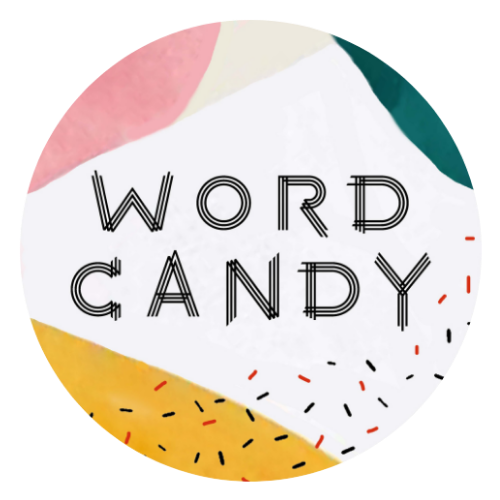Alt-Tag, you're it! Here’s how to optimise your image SEO
It’s been a month.
Y’know how they say moving is one of the most stressful life events? It’s worse when you do it during the school holidays. While you’re also running a business.
But I have a hack for you:
If you move while your mother is visiting from Canada, she’ll use her superior executive functioning skills to sort out most of it. Maybe this specific hack won’t work for you (and maybe your mother isn’t as much of a work horse as Leonore) but it’s really working for me.
Now then. About SEO + images.
Last week, I was taking a brief from a client (for the uninitiated, that’s when I’ll ask you eleventy-billion questions about your goals and your business to get a sense of exactly how to make your copy pop).
The briefing process can feel intense, because often it’ll be the first time you’ve ever thought about that particular question. At one point, I said to my client:
Sorry I’m being so picky + specific + bossy
…to which she replied ‘that’s why I hired you!’
*I’m blushing*
As someone who is picky + specific + bossy on the regular, it made me feel good that my client valued those traits in her copywriter.
Google is picky + specific + bossy in an *annoying* way—esp when it comes to image names and alt-text
Phew. It was a journey but we got there.
You may have heard that using your keywords in image names and alt-text is good for SEO. And it is. But there are a few things you’ll need to keep in mind.
Naming images for SEO
Using the right image names is an easy way to boost your SEO. Here are some tips to make it work for you:
Use relevant file names
Don’t stuff keywords (but use them if they’re appropriate)
Keep image names short
Use hyphens, not underscores
Remove unnecessary words
Need an example?
‘Cat.jpg’ is a bad image name
‘Black-cat-feline.jpg’ is a better image name
Alt-text for SEO
Alt text is the copy that appears in place of an image on your website if the image doesn’t load. It’s important because it helps screen-reading tools describe images to people who need it and it helps search engines crawl and rank your site.
Try these tips:
Include product name or number
Don’t keyword stuff (but include them if it makes sense)
Keep it descriptive and specific
Remember, you’re trying to make it easier for users and Google to understand what’s in the photo—be clear, not tricksy
Need an example?
This article includes a bunch of examples of great alt-text and corresponding images. I’d love to include them here, but extra images can affect deliverability and I’m not willing to take that risk 🤷
The bottom line
Use these tips when you’re loading new images onto your website (you can also include alt-text on most social media platforms) but if you’ve got heaps of badly-named images, I don’t recommend re-naming them after the fact. This can affect your SEO so leave those old ones be.
The Google algorithm is even more picky + specific + bossy than I am. But now you know a little bit more about how to make it work for you.
You’re welcome.


